I'm new with EMGU and image processing and I have a project in C# that needs to detect a transparent object, specifically, a moth's wing inside a plastic bottle. Here are some examples.


I tried using YCbCr in EMGU but I can not detect it nor differentiate it from the background.
Another thing is that I tried to enclose it in a "controlled environment" (inside a box where no light can come in) and used LED back-light. Is this advisable? Or can light from the environment (fluorescent light) will do? Will this affect the detection rate? Do lighting play a factor in this kind of problem?
This is the idea of my project and what I use. Basically, my project is just a proof of concept about detecting a transparent object from an image using a webcam (Logitech C910). This is an example of an old industrial problem here in our country when bottling plant over stock their plastic bottle and it got contaminated before use. Moth body and moth wing are the contaminants that were given to us. Also, this is to see if a webcam can suffice as an alternative to an industrial camera for this application.
I place it inside a controlled environment and use LED lights as backlight (this is just made using a prototyping board and high intensity LED light that is diffused with a bond paper). The object (moth wing) will be placed inside a plastic bottle with water and will be tested into 2 parts. The first part is that the bottle is not moving and the second part is when the bottle is moved on a conveyor but at the same controlled environment. I did all the hardware required so that is not an issue anymore. The moth body is manageable (I think) to detect but the moth wing left me scratching my head.
Any help would be very much appreciated. Thank you in advance!


